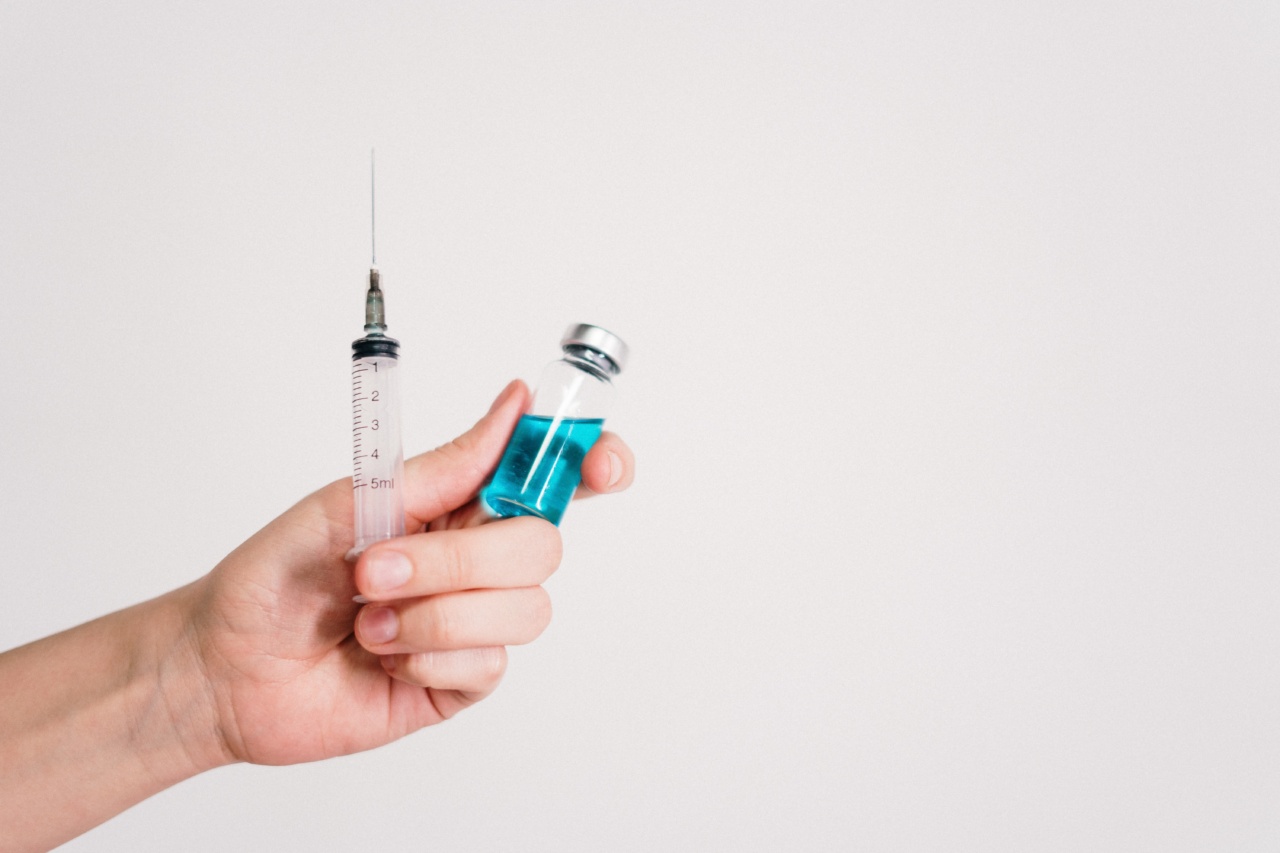Breastfeeding is a natural and beneficial way to nourish and bond with your baby. However, it can also come with challenges, such as mastitis.
Mastitis is a painful inflammation of the breast tissue that can make breastfeeding uncomfortable or even impossible. In this article, we will discuss effective breastfeeding techniques for mastitis prevention and treatment.
1. Make sure your baby is latching correctly
A proper latch is crucial to ensure effective breastfeeding and prevent mastitis. Make sure your baby’s mouth is wide open, covering the entire areola, not just the nipple. This helps prevent nipple damage and promotes efficient milk transfer.
2. Nurse frequently
Frequent breastfeeding helps to maintain a good milk flow and prevents engorgement, a common precursor to mastitis.
Aim to breastfeed on demand or at least 8-12 times a day, especially during the first few weeks postpartum when your milk supply is establishing.
3. Empty your breasts completely
Ensure your breasts are fully emptied during each feeding session. If your baby falls asleep or stops actively nursing, try various techniques to keep them interested, such as breast compression or switching breasts.
This helps prevent milk stasis and reduces the risk of mastitis.
4. Avoid restrictive clothing
Tight bras or clothing can compress milk ducts and impede milk flow, leading to engorgement and potentially mastitis. Opt for loose, comfortable clothing and well-fitting, supportive bras that do not constrict your breasts.
5. Practice good hygiene
Keep your nipples and breasts clean to reduce the risk of infection. Wash your hands before breastfeeding and rinse your nipples with plain water after each feeding.
Avoid using soap or alcohol-based solutions, as they can dry out your skin and cause irritation.
6. Alternate breastfeeding positions
Switching between different breastfeeding positions can help ensure all areas of the breast are adequately drained during feedings.
Experiment with positions like the cradle hold, football hold, or side-lying position to find what works best for you and your baby.
7. Apply warm compresses
If you notice a tender or painful area on your breast, applying warm compresses can help alleviate discomfort and encourage milk flow.
Use a warm towel or take a warm shower before breastfeeding to promote let-down and relieve any blockage in the ducts.
8. Rest and take care of yourself
Rest and self-care are essential for your overall health and breastfeeding success. Make sure to get enough sleep, eat a nutritious diet, and stay hydrated.
Breastfeeding can be demanding, so prioritizing self-care can help prevent mastitis and support your breastfeeding journey.
9. Manage stress and seek support
Stress can negatively affect breastfeeding by interfering with milk production and let-down reflex.
Find healthy ways to manage and reduce stress, such as practicing relaxation techniques or seeking support from a lactation consultant or breastfeeding support group.
10. Consult a healthcare professional
If you suspect or experience symptoms of mastitis, it is important to seek prompt medical advice. A healthcare professional can provide appropriate treatment options, such as antibiotics if necessary, and guide you through the recovery process.





























